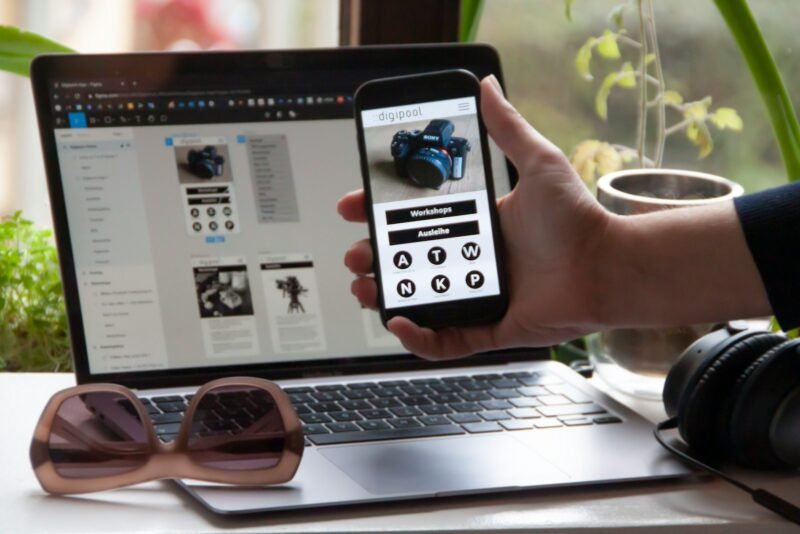User Interface (UI) design focuses on creating visually appealing, aesthetically pleasing, and interactive interfaces that enhance the overall user experience. Here are key principles and considerations for effective UI design:
- Consistency:
- Maintain visual and interactive consistency throughout the interface. Consistent use of colors, fonts, buttons, and other elements establishes a coherent and intuitive design.
- Clarity and Simplicity:
- Strive for simplicity in design without sacrificing functionality. Keep the interface clean and avoid unnecessary elements. Clear, concise design elements enhance user comprehension.
- Hierarchy:
- Establish a visual hierarchy to guide users through the interface. Prioritize information based on its importance, using visual cues such as size, color, and contrast.
- Color Scheme:
- Choose a cohesive color scheme that aligns with your brand and promotes a visually pleasing experience. Consider color psychology and contrast to highlight important elements.
- Typography:
- Use readable and appropriate fonts. Pay attention to font sizes, line spacing, and typography hierarchy to enhance the readability of text content.
- Responsive Design:
- Ensure your UI design is responsive, adapting seamlessly to various screen sizes and devices. Responsive design enhances accessibility and user experience across different platforms.
- Interactive Elements:
- Design interactive elements such as buttons, links, and forms to be visually distinguishable. Use visual feedback (hover effects, button states) to indicate interactivity.
- Microinteractions:
- Incorporate subtle microinteractions to provide feedback for user actions. These small animations or changes in UI elements contribute to a more engaging and responsive experience.
- Whitespace:
- Use whitespace strategically to create a balanced and uncluttered design. Whitespace enhances readability, emphasizes key elements, and contributes to a clean visual aesthetic.
- Navigation:
- Design an intuitive navigation system. Use clear menu structures, logical placement of navigation elements, and breadcrumbs to help users navigate seamlessly.
- Grid Systems:
- Employ grid systems to create a well-organized layout. Grids provide structure, alignment, and consistency in the placement of UI elements.
- Iconography:
- Use icons effectively to convey information and enhance the visual appeal of your interface. Choose universally recognizable icons and maintain consistency in their style.
- Accessibility:
- Design with accessibility in mind. Ensure that your interface is usable for individuals with disabilities by providing text alternatives for images, proper color contrast, and keyboard navigation options.
- Loading Animations:
- Implement loading animations to manage user expectations during page loading. Well-designed loading animations can provide a positive user experience while waiting for content to load.
- Feedback and Notifications:
- Provide clear feedback for user actions and notifications. Users should be informed about the outcome of their interactions, such as successful form submissions or error messages.
- Device-Specific Considerations:
- Consider the unique characteristics of different devices. Design UI elements that are touch-friendly for mobile devices and ensure optimal usability across various platforms.
- User Persona Integration:
- Tailor your UI design to the characteristics and preferences of your target audience. Consider factors such as age, demographics, and user behaviors to create a more personalized experience.
- User Testing:
- Conduct user testing to gather feedback on the usability and visual appeal of your UI design. Use insights from testing to iterate and refine the design based on user preferences.
- Brand Alignment:
- Align your UI design with your brand identity. Incorporate brand colors, logos, and visual elements consistently to reinforce brand recognition.
- Future Scalability:
- Design with future scalability in mind. Anticipate potential updates or expansions and create a flexible design that can accommodate growth without significant redesign.
By incorporating these UI design principles, designers can create visually stunning and user-friendly interfaces that elevate the overall user experience. Regular testing, feedback, and iterative design are integral to refining and improving UI designs over time.







Leave a Reply